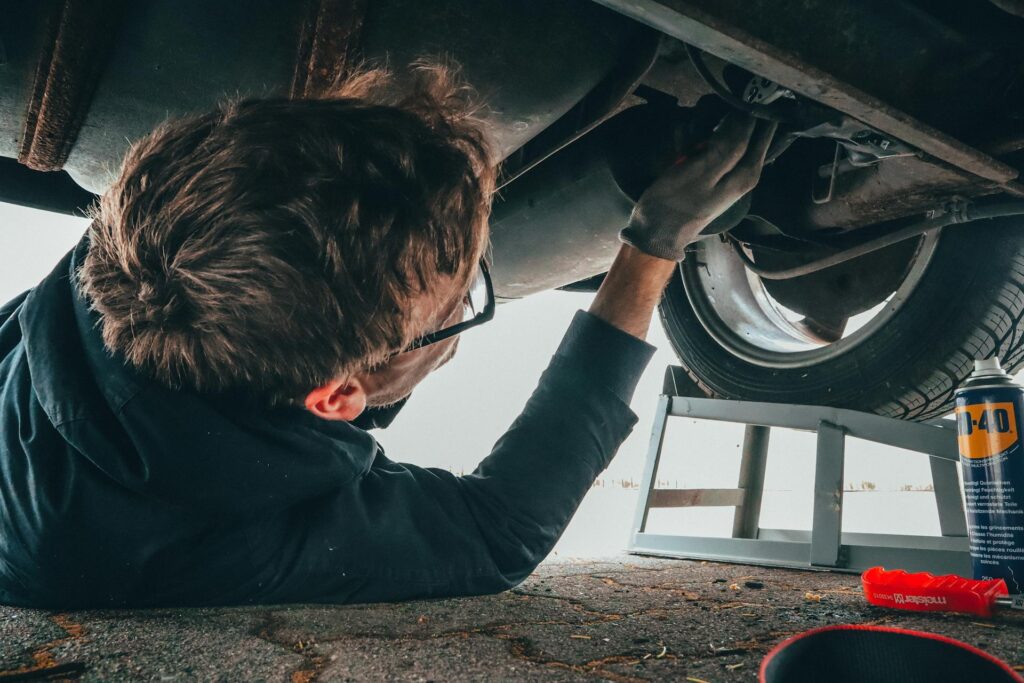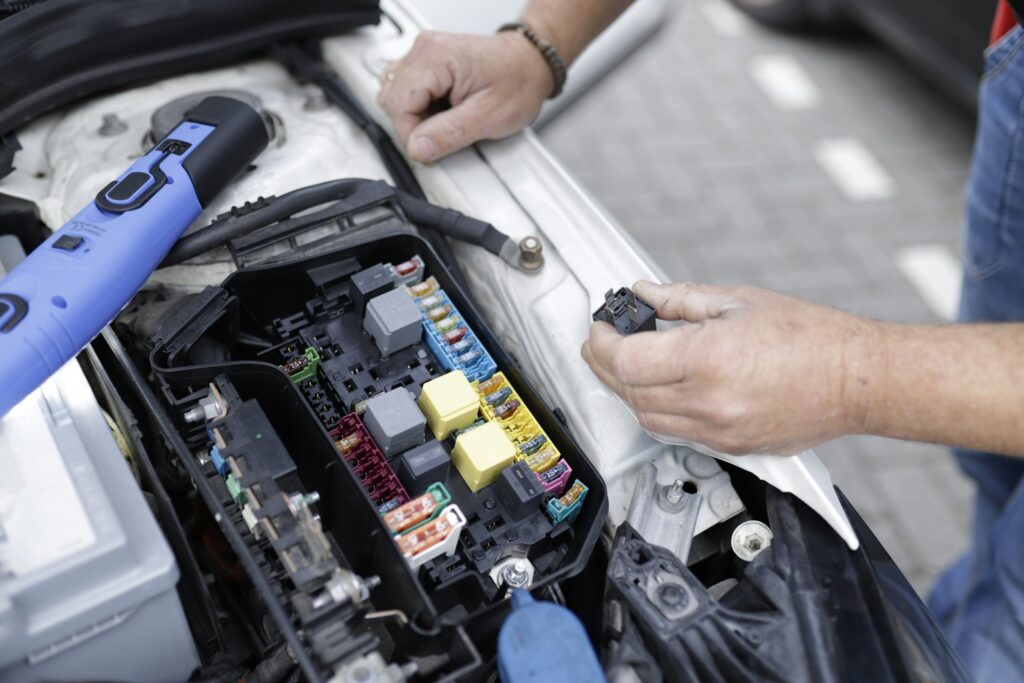If you’re wondering when to replace your timing belt, here’s the truth: it’s not a part you want to push to the limit. Timing belts and chains keep your engine running in sync, and if they fail, repairs can be expensive or catastrophic.
Let’s walk through how they work, what to watch for, and the best time to replace them before they leave you stranded.
Timing Belt vs. Timing Chain: What’s the Difference?
Both parts serve the same purpose: they synchronize the crankshaft and camshaft, keeping your engine’s valves and pistons moving in harmony.
- Timing belts are rubber, quieter, and generally cheaper, but they wear out faster.
- Timing chains are metal, more durable, and usually last longer, but can still fail if neglected.
If you’re not sure which your engine uses, check your owner’s manual or ask your mechanic. Some cars even use both, depending on configuration.
If you want to understand more about your car’s engine, check out our guide on how predictive maintenance systems work.
How Long Do They Last?
Timing belt replacement intervals vary by make/model, but most fall between 60,000 to 100,000 miles. Some newer belts can go up to 120,000 miles.
Timing chains are often marketed as “lifetime,” but high-mileage car maintenance rules still apply. Chains can stretch, tensioners wear out, and failure becomes more likely beyond 150,000 miles.
Warning Signs You Shouldn’t Ignore
No car part lasts forever. Watch for these signs of a bad timing belt or chain:
For Car Belts:
- Engine misfires or sluggish performance
- Ticking or clicking noises under the hood
- Oil leaking near the timing belt cover
- Engine won’t start or sounds strange when cranking
For Car Chains:
- Engine noise when starting the car, especially a rattling sound
- Check engine light for codes like P0016–P0019
- Engine vibrations or erratic idling
Ignoring these signs could lead to broken timing belt damage, including bent valves and piston collisions—repairs that can cost $2,000 to $5,000+.
What’s the Cost to Replace a Timing Belt or Chain?
The cost to replace a timing belt ranges from $400 to $1,000, depending on your vehicle. It’s often smart to replace the water pump and tensioners at the same time—since they’re already accessible.
Timing chains cost more to service—$1,000 to $2,500—but replacements are less frequent.
Pro tip: If you just bought a used car and can’t confirm belt replacement, treat it like it’s due. That’s solid preventative maintenance for cars.
When Should I Replace My Timing Belt?
Not sure if it’s time? Use this quick checklist to stay ahead of costly engine damage:
- Replace every 60,000–100,000 miles (or as your manual recommends)
- Listen for odd engine noises, ticking, or misfires
- Change it if your car is 7+ years old, even with low miles
- Replace during major service like a water pump job
- Follow your routine maintenance schedule—your mechanic may flag it early
Staying proactive helps prevent breakdowns and expensive repairs. A worn timing belt won’t always give a warning before it fails.
Stay Ahead of Big Repairs
Knowing the best time to replace timing components could save you thousands. Don’t wait for the light to come on or, worse, for the engine to stall.
Stay proactive with your car maintenance schedule, especially if you’re driving a high-mileage vehicle. A little foresight keeps your truck or car running longer, stronger, and with fewer surprises on the road.



